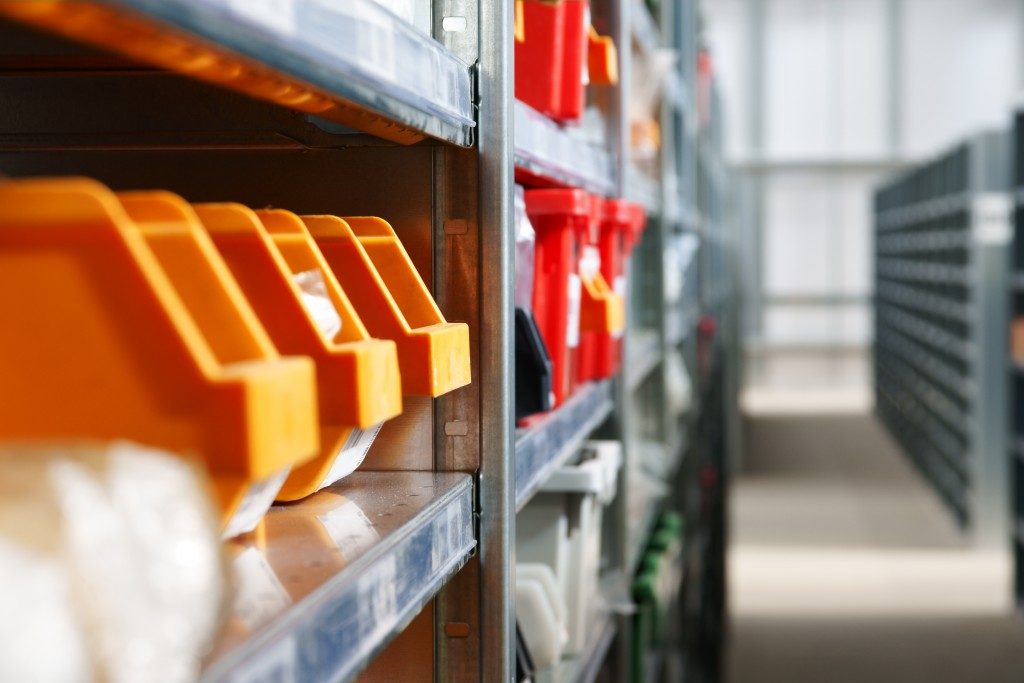Storage and transport are among the most common issues that material handling facilities will run into over their operational lifespan. Depending on their industry, these can be handled with little to no issue—or can cause quite a bit of trouble if you’re not prepared.
Most of the time, these facilities aren’t exactly equipped to deal with these kinds of technical requirements since the majority of their resources (and tools) are concerned with handling the material in question. Fortunately, storage tank fabrication has gone a long way since bending sheets of metal together, and a wide variety of storage options is something that all companies can now enjoy.
Different types of materials and designs can vastly change the purpose of a storage tank, allowing it to take in more types of materials to affect the state of that material while it’s inside.
Here are some of the storage options, along with their uses, limitations, and potential costs.
Refrigerated ISO-compliant storage units
Refrigerated storage units are perhaps some of the most expensive storage containers you can acquire since the power needed to keep them running in transit and while the product is being loaded consumes a lot of energy and fuel. However, they’re extremely useful when it comes to transporting highly sensitive goods. The downside is that due to their cost, it often needs a large upfront investment to make these worth your time and resources, and often undergo strict licensing and regulations before their use is approved.
Thermally insulated containers
On the other hand, thermal insulation is a more economical way of making sure that temperature doesn’t affect the goods that you’re storing or transporting. While in no way cheap, these units are a more cost-effective option for transporting sensitive goods, though providers of these units can be difficult to find.
Reinforced containers

This is one of the most general classifications of storage containers since reinforcement can mean a lot of things. The usual distinction that these have from your usual transport or storage containers is that they’re often lined with an additional layer of material or coating to prevent damage (either from the contents of the container or outside shocks).
Airtight dry containers
On the other hand, airtight containers are necessary for goods that have an adverse reaction to contaminants in the air. These are usually used for perishable goods that are affected by moisture such as food, though certain chemicals and other electrical components also need a vacuum-sealed container for safe transport.
Knowing the right container needed for the job is essential to making sure that your material is stored and transported without any trouble. Not only does this allow you some security when it comes to the quality of your goods, but it can also protect your workers and the environment from things that can potentially have an adverse effect on them.
If you’re looking for a storage tank supplier, it’s best to contact a specialist in order to get the best deal out of it. You’ll get expert help, tips, and networking in order to find the right storage tank for your needs. It’s an investment that will pay off—so give them a call today.

